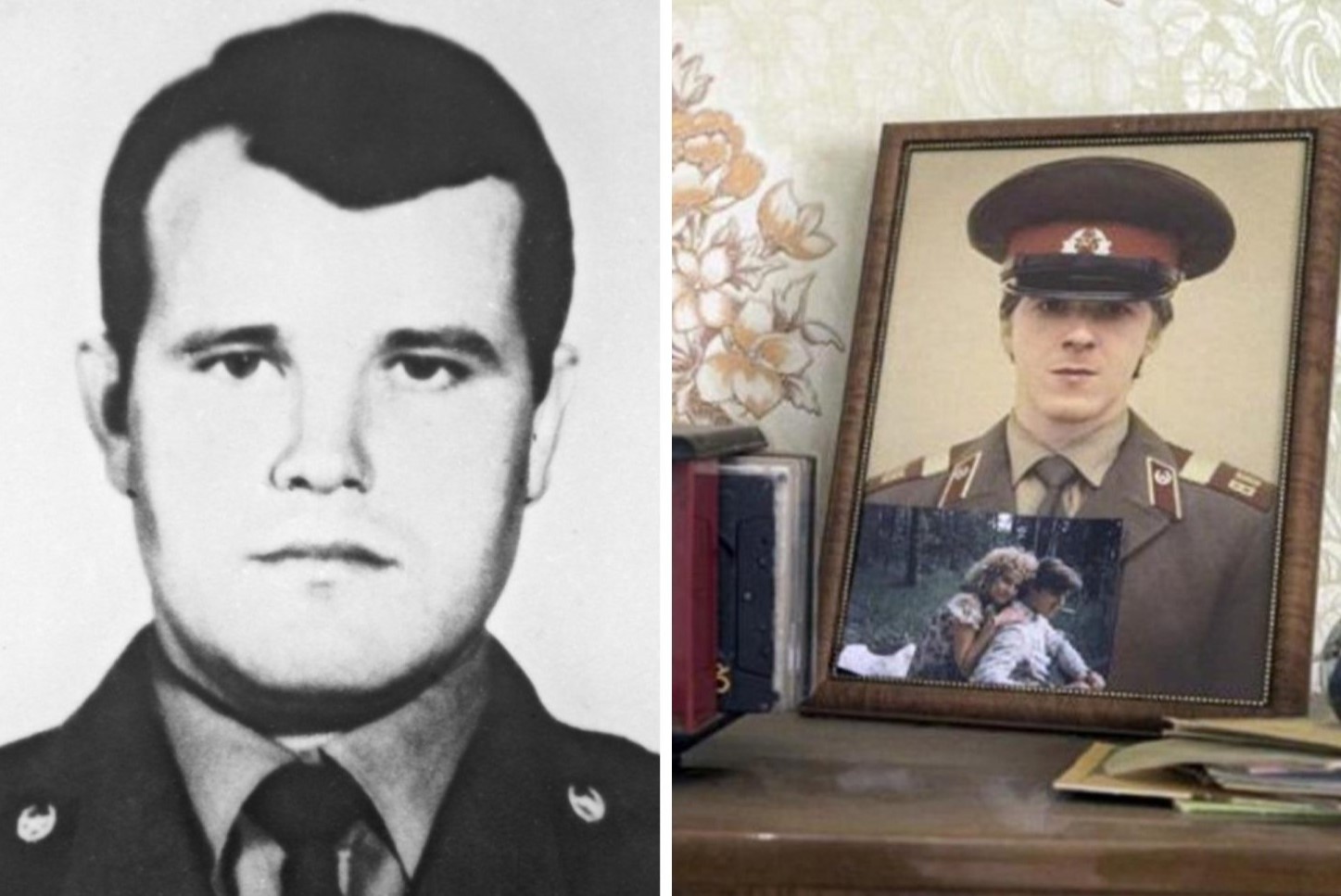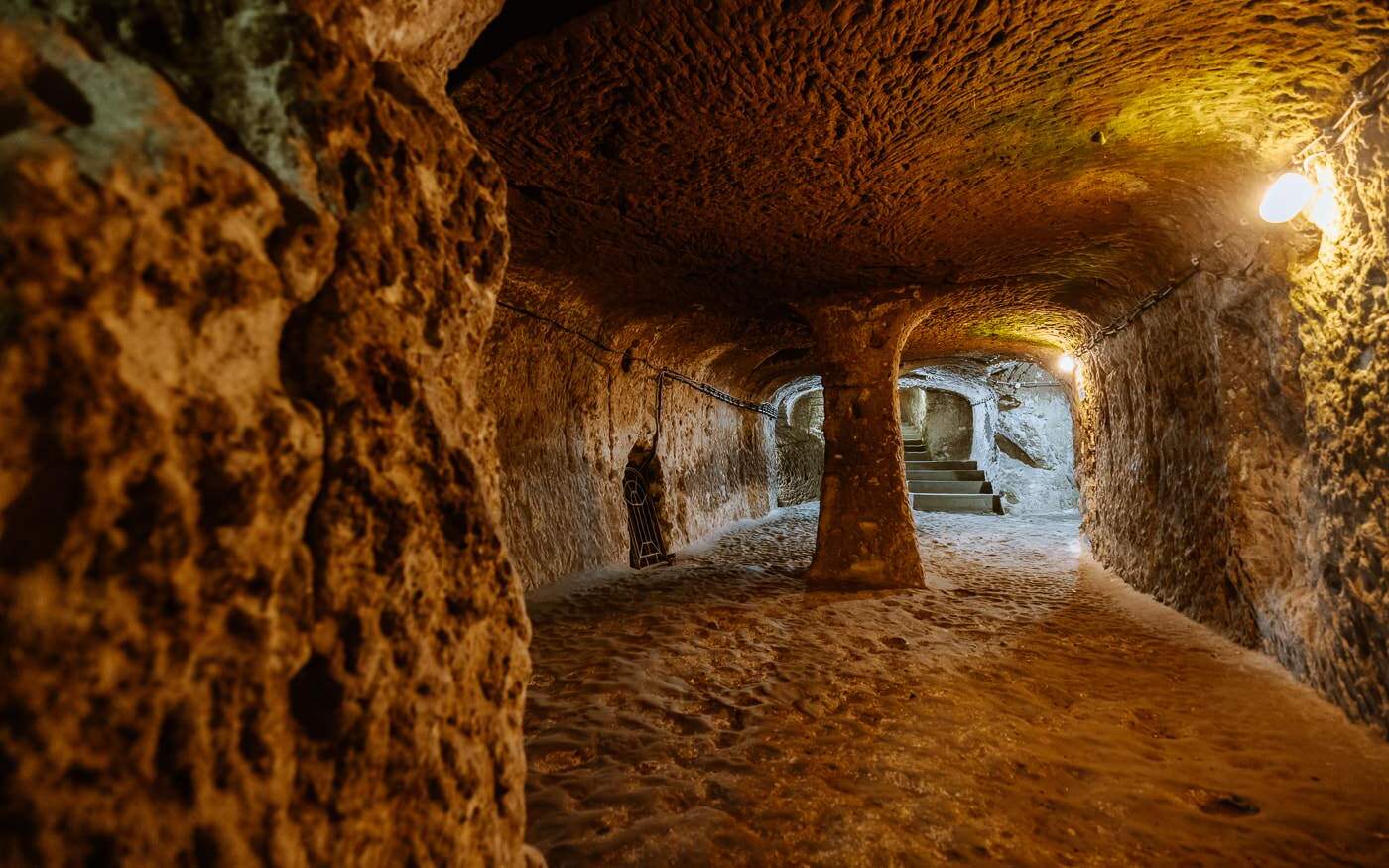
Who was Vasily Ignatenko? Vasily Ignatenko was a Soviet firefighter who became a hero during the Chernobyl nuclear disaster. Born on March 13, 1961, in Belarus, Ignatenko was one of the first responders to the catastrophic event on April 26, 1986. At just 25 years old, he and his team faced unimaginable dangers as they battled the blaze at Reactor No. 4. Despite the extreme radiation exposure, Ignatenko continued his efforts, ultimately sacrificing his life. His bravery and dedication have left a lasting legacy, reminding us of the courage and selflessness of those who risk their lives to protect others.
Key Takeaways:
- Vasily Ignatenko, a brave firefighter, sacrificed his life during the Chernobyl disaster, highlighting the importance of safety and selflessness in the face of catastrophic events.
- The Chernobyl disaster had far-reaching impacts on health, the environment, and nuclear safety practices, emphasizing the need for transparency and stringent safety measures in nuclear operations.
Early Life and Family Background
Vasily Ignatenko's story begins in a small village, where he was born into a hardworking family. His early years shaped the man who would later become a hero.
-
Birth and Early Life: Vasily Ivanovich Ignatenko was born on March 13, 1961, in Sperizh'e, a village in the Brahin District of the Gomel Region of the Byelorussian SSR (now Belarus).
-
Family Background: He was the third child of Tatiana Petrovna Ignatenko, a collective farm fieldworker, and Ivan Tarasovich Ignatenko, a tractor and later truck driver. His family was deeply rooted in agricultural work.
-
Siblings: Ignatenko had an older sister named Lyudmilla, who trained in medicine and worked as an ambulance paramedic. His younger brother, Nikolai, became a bus and truck driver, while his younger sister, Natasha, followed him into the fire service.
Education and Early Career
Vasily's journey into firefighting began with his education and early career choices, which set the stage for his future heroism.
-
Early Education: After completing the requisite 10 classes of schooling, Ignatenko enrolled in the Gomel vocational school of electrical engineering (PTU No. 81) to study to become an electrician.
-
Career as an Electrician: Following his graduation in 1978, Ignatenko was assigned work at a mechanical fertilizer machine factory in Bobruisk. He worked there as an electrician for two years before being called up into the Soviet Military.
Military Service and Firefighting Career
Vasily's military service introduced him to firefighting, a career that would define his legacy.
-
Military Service (1980–1982): During his military service, Ignatenko was assigned to the military fire department of the Internal Troops of the Ministry of Internal Affairs (MVD) in Moscow. It was here that he received his initial training in firefighting and took the oath of service.
-
Paramilitary Fire Brigade No. 6 (1982–1986): After being discharged from the military on August 25, 1982, Ignatenko returned home and immediately began looking for employment as a firefighter in nearby cities. He was hired by Paramilitary Fire Brigade No. 6 in Pripyat, where he became a Senior Sergeant and squad leader.
-
Promotion and Activities: During his time with Paramilitary Fire Brigade No. 6, Ignatenko was promoted to Senior Sergeant and became a squad leader. He also continued to be active in applied-fire sports, becoming known as the brigade's champion.
The Chernobyl Disaster
The Chernobyl disaster was a turning point in Vasily's life, marking his ultimate sacrifice.
-
Chernobyl Disaster Response: On April 26, 1986, Ignatenko was among the first responders to the Chernobyl nuclear disaster. At just 25 years old, he was awoken to a call and quickly responded to the scene in Pripyat.
-
Initial Response: Ignatenko and his team were initially unaware of the true risks they faced. They were tasked with putting out what seemed like a standard fire at the Chernobyl plant, but they soon realized the severity of the situation.
-
Radiation Exposure: While fighting the fire, Ignatenko received a deadly dose of radiation. He mounted the building’s roof to fight the fire from there, which exposed him to even higher levels of radiation.
-
Graphite Fire: The open-air graphite fires were particularly challenging to extinguish. Despite his efforts, Ignatenko and his team were unable to fully contain the graphite fire within Reactor No. 4, which continued to burn for nearly two weeks.
Health Consequences and Hospitalization
The aftermath of the disaster took a severe toll on Vasily's health, leading to his tragic death.
-
Health Consequences: Ignatenko’s radiation exposure led to acute radiation syndrome (ARS). He began to experience severe symptoms, including nausea, vomiting, diarrhea, and fatigue. His condition rapidly deteriorated over the following weeks.
-
Hospitalization: Ignatenko was hospitalized in Moscow, where he was treated for radiation poisoning. His wife, Lyudmila, sat by his side as he slowly succumbed to the poisoning.
-
Death: Vasily Ignatenko died on May 13, 1986, just 18 days after the disaster. His body was still radioactive, and he was buried barefoot under layers of concrete and zinc to protect the public from his still-contaminated body.
-
Burial: The morgue could not put a suit or shoes on Ignatenko’s body because his feet had swelled up due to radiation poisoning. This poignant detail highlights the extreme measures taken to handle his remains safely.
-
Impact on Family: Lyudmila Ignatenko, his wife, suffered permanent health issues due to her close proximity to her husband during his final days. She watched him die slowly in the hospital, a heart-wrenching experience that has left a lasting impact on her life.
Legacy and Remembrance
Vasily Ignatenko's bravery and sacrifice have left a lasting legacy, remembered through various tributes and memorials.
-
Legacy: Despite his tragic fate, Ignatenko’s bravery and sacrifice have been remembered and honored. His story serves as a testament to the courage and selflessness of those who risk their lives to protect others in the face of catastrophic events.
-
Chernobyl Disaster Overview: The Chernobyl disaster was a man-made disaster that occurred on April 26, 1986, at the Chernobyl Nuclear Power Plant in Ukraine. It was caused by a combination of human error and design flaws in the RBMK reactor.
-
Immediate Aftermath: The explosion released massive amounts of radioactive material into the atmosphere, contaminating vast areas of Ukraine, Belarus, and Russia. The immediate aftermath saw widespread panic and confusion among the population.
-
Government Response: The Soviet government initially attempted to cover up the disaster, withholding information from the public to avoid panic and prevent data from being leaked abroad. This secrecy exacerbated the crisis and led to further suffering for those affected.
-
International Response: The international community was eventually informed about the disaster, leading to a coordinated response from various countries to provide aid and support to the affected regions.
-
Health Consequences: The disaster had severe health consequences for those exposed to radiation. Many first responders, including Ignatenko, suffered from acute radiation syndrome, which often proved fatal. Others experienced long-term health issues such as cancer and thyroid problems.
-
Environmental Impact: The disaster had a profound environmental impact, with radioactive material contaminating soil, water, and air. This contamination persists to this day, affecting wildlife and human health in the affected regions.
-
Economic Impact: The economic impact of the disaster was significant, with the Soviet Union incurring substantial costs for cleanup and compensation. The disaster also led to a reevaluation of nuclear safety practices worldwide.
-
Historical Significance: The Chernobyl disaster is one of the most significant nuclear disasters in history, serving as a cautionary tale about the importance of safety protocols and transparency in nuclear operations.
Media Representation and Public Awareness
Vasily's story has been shared through various media, raising awareness about the Chernobyl disaster and the importance of nuclear safety.
-
Documentary Sources: The story of Vasily Ignatenko and other first responders has been documented in various sources, including Svetlana Alexievich’s book "Voices from Chernobyl: The Oral History of a Nuclear Disaster," which won the National Book Critics Circle Award in 2005.
-
Media Representation: Ignatenko’s story has been represented in various media, including the HBO series "Chernobyl," which dramatizes the events leading up to and following the disaster. The series highlights the bravery and sacrifice of first responders like Ignatenko.
-
Public Awareness: The Chernobyl disaster has raised public awareness about nuclear safety and the risks associated with nuclear power. It has also led to increased scrutiny of nuclear operations worldwide, emphasizing the need for robust safety measures and transparency.
Memorials and Scientific Investigations
The legacy of Vasily Ignatenko and the Chernobyl disaster continues to be honored and studied.
-
Memorials and Tributes: Vasily Ignatenko and other first responders who lost their lives in the disaster have been remembered through various memorials and tributes. Their sacrifices will never be forgotten, serving as a reminder of the importance of safety and human life.
-
Scientific Investigations: The disaster led to extensive scientific investigations into the causes and consequences of the accident. These investigations have contributed significantly to our understanding of nuclear safety and the prevention of similar disasters.
-
Regulatory Changes: The Chernobyl disaster led to significant regulatory changes in nuclear safety practices. The International Atomic Energy Agency (IAEA) and other international organizations have implemented stricter safety standards to prevent such disasters in the future.
-
Psychological Impact: The disaster had a profound psychological impact on those affected, including first responders, local residents, and even those who were not directly involved. The trauma experienced by many individuals has been documented in various studies and accounts.
-
Environmental Remediation: Efforts to remediate the environmental damage caused by the disaster are ongoing. The Exclusion Zone around the Chernobyl plant remains contaminated, and ongoing efforts are focused on decontaminating the area and restoring ecosystems.
-
Legacy in Modern Times: The Chernobyl disaster continues to serve as a cautionary tale in modern times. It highlights the importance of safety protocols, transparency, and public awareness in preventing and mitigating the effects of catastrophic events. Vasily Ignatenko’s story remains a powerful reminder of the sacrifices made by those who risk their lives to protect others.
Ignatenko's Lasting Legacy
Vasily Ignatenko's bravery during the Chernobyl disaster stands as a powerful reminder of human courage. Born in 1961 in Belarus, he became a firefighter after serving in the Soviet military. On April 26, 1986, Ignatenko rushed to the Chernobyl nuclear plant, unaware of the deadly radiation. Despite the extreme danger, he and his team fought tirelessly to control the fire. Tragically, Ignatenko succumbed to acute radiation syndrome just 18 days later.
His story, highlighted in books and media like the HBO series "Chernobyl," underscores the sacrifices made by first responders. Ignatenko's legacy continues to inspire and educate, emphasizing the importance of safety protocols and transparency in nuclear operations. Memorials and tributes honor his sacrifice, ensuring his heroism is never forgotten. Ignatenko's life and actions remain a testament to the resilience and selflessness of those who protect others in times of crisis.
Frequently Asked Questions
Was this page helpful?
Our commitment to delivering trustworthy and engaging content is at the heart of what we do. Each fact on our site is contributed by real users like you, bringing a wealth of diverse insights and information. To ensure the highest standards of accuracy and reliability, our dedicated editors meticulously review each submission. This process guarantees that the facts we share are not only fascinating but also credible. Trust in our commitment to quality and authenticity as you explore and learn with us.


